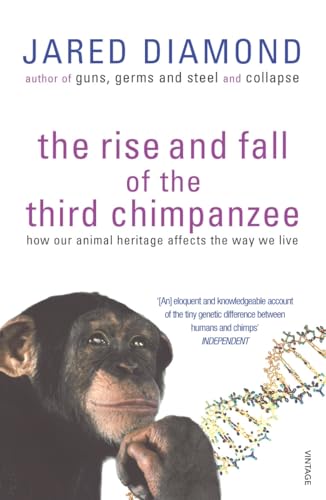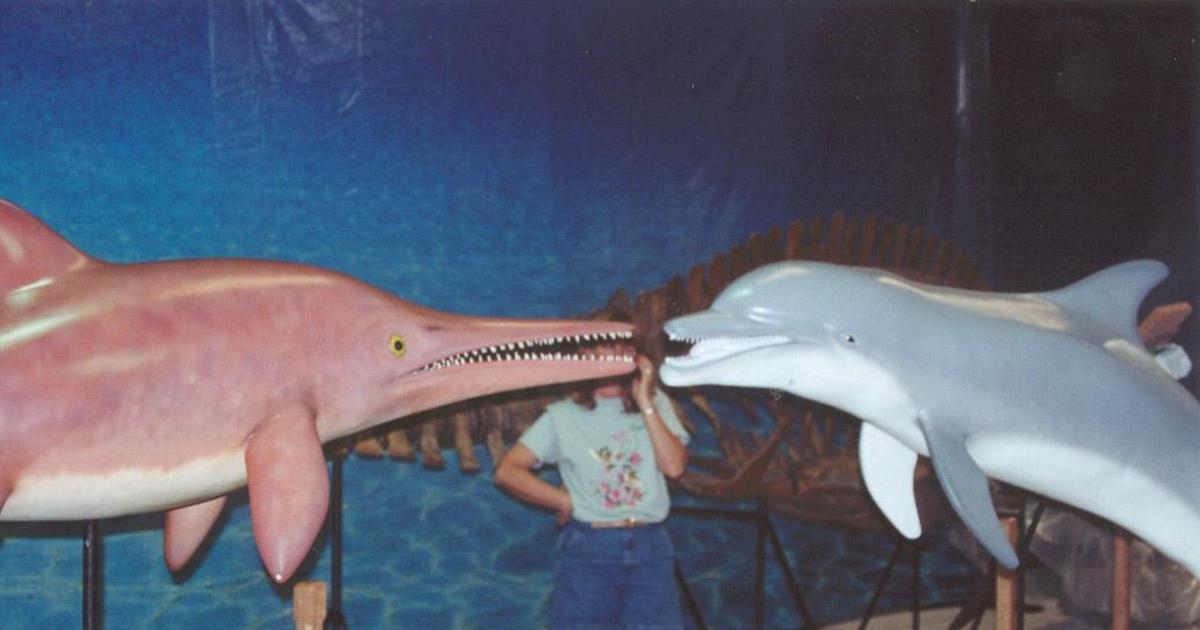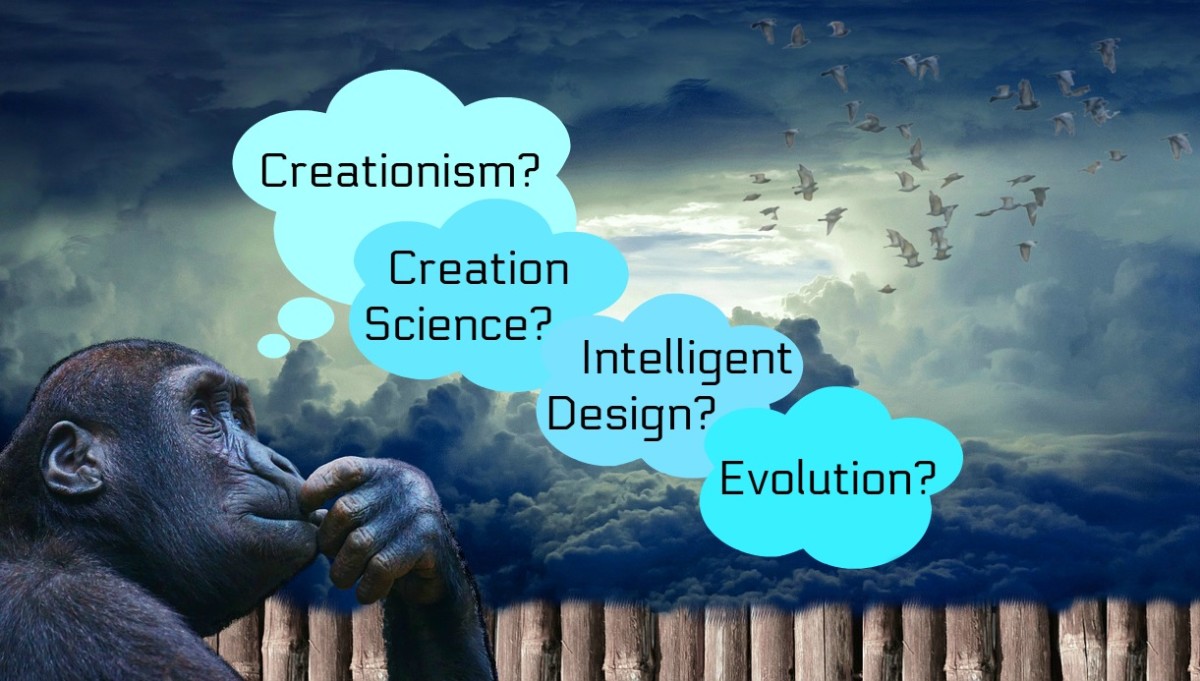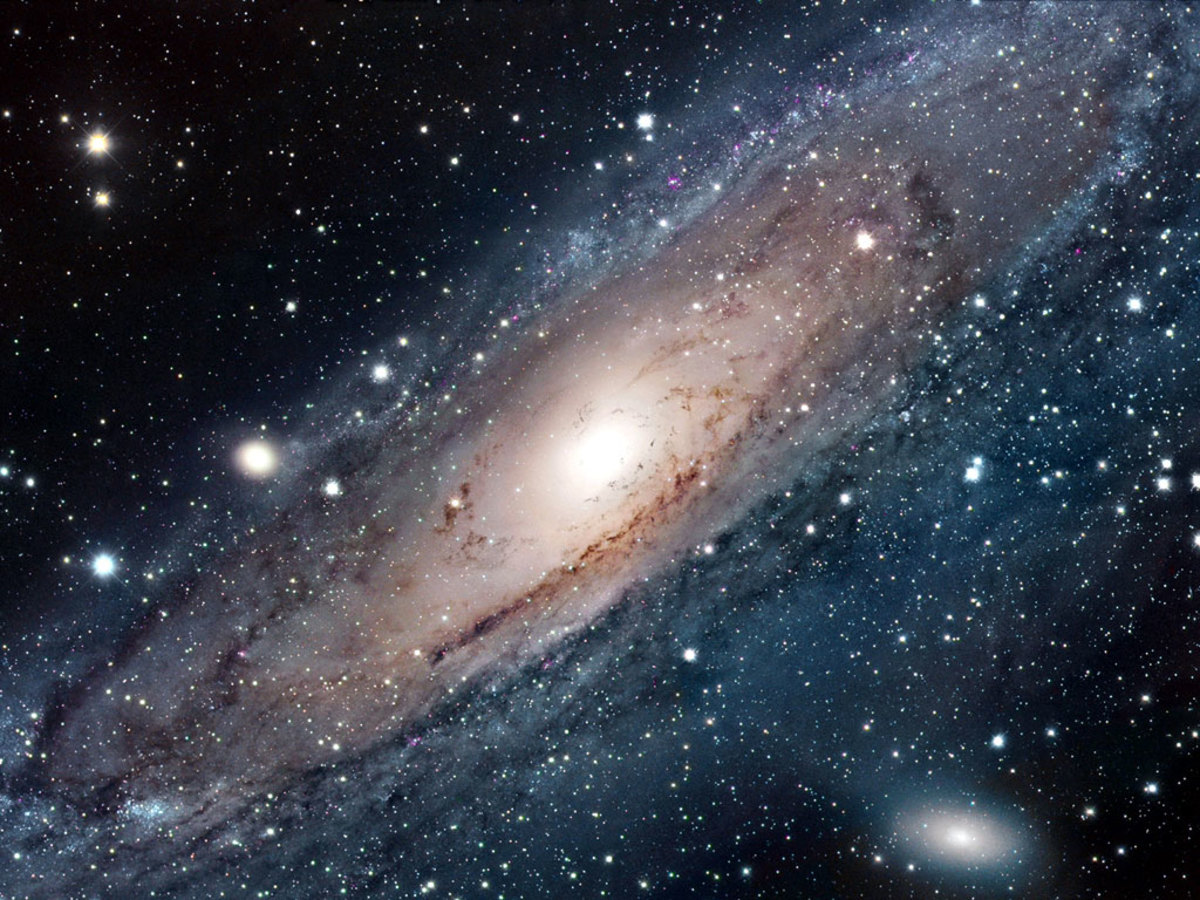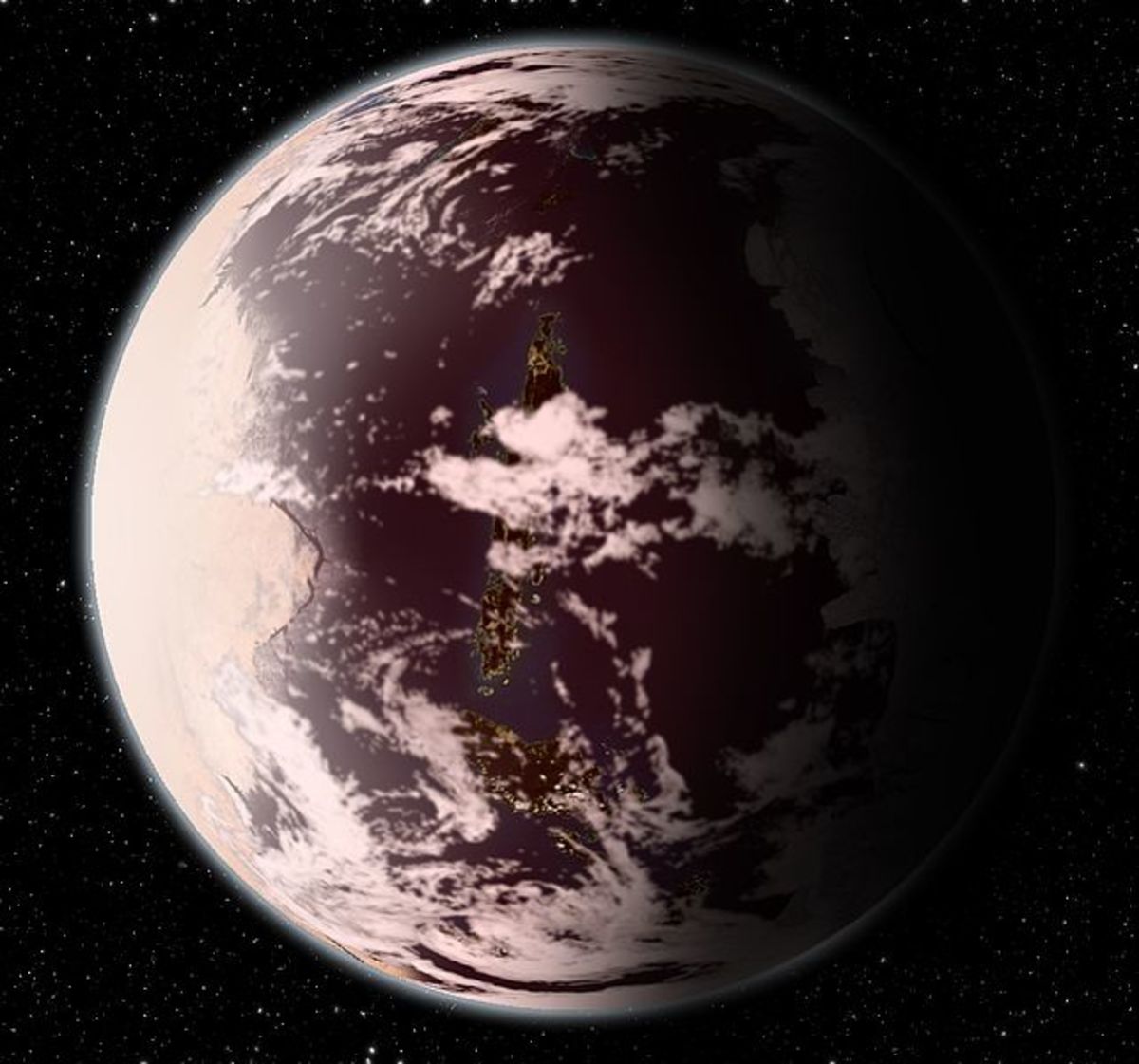Could There Be Intelligent Life Elsewhere In The Universe?
Is There Anything Out There?
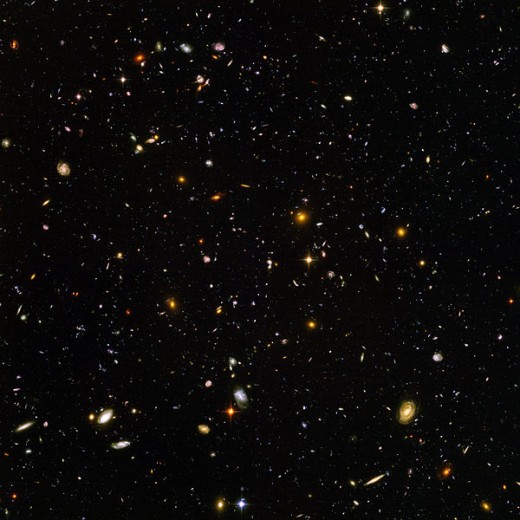

Why Complex Life May Be Rare
Contemplating The Cosmos
Imagine craning your neck skywards on a dark, starlit night far away from the hazy orange glow that radiates from various human settlements. With your naked eye alone, you can see maybe around 2000-2500 bright stars. If you have a pair of binoculars or a telescope handy, then the number increases exponentially. It’s quite staggering to contemplate that most, if not all of those stars are part of a solar system, similar to our very own star. Each one likely has at least a few planets trapped in its gravitational influence, performing a never ending orbital dance, just like our very own. But how many of those planets either resemble Earth, or possess the same kind of conditions and environments that made life here possible? Are we right to assume that only planets like ours are capable of supporting life? And when it comes to intelligent life, are we right to assume that they’re all somehow going to resemble ourselves? Is that not a display of arrogance on our part? Why should an extra-terrestrial intelligent life form possess four limbs, five digits, an upright posture and a large head with two forward facing eyes?
Digesting such questions, reminds me of a documentary I watched several years ago which theorised that Earth may be indeed unique in its capability to support complex life. If I remember correctly, the narrator stated that there are a number of important factors that make our lives here possible. Firstly, the size of the star we orbit is very important; apparently our sun is actually quite small in comparison to its contemporaries; many other stars are many thousands of times larger, including our nearest neighbour, Alpha Centauri. A bigger sun would result in the blue planet losing its most precious commodity, water, thus making the development of life totally impossible. Another decisive factor is the constant presence of our natural satellite, the moon. Most of us know already that it exerts a comparatively small gravitational influence over the Earth by controlling its tides. But perhaps more crucially it also ensures that the Earth remains fairly stable on its orbital axis, thus ensuring a relatively stable climate for life. The other main factor that gives this theory legs is the fact that if not for the presence of Jupiter, the Earth would be under constant attack from asteroids and comets, meaning that whatever life evolved on this planet would be consequently eliminated from the biosphere.
But it’s all too easy to fall into the realms of arrogance here; it’s not enough to assume that life elsewhere would require the same conditions as it does here on Earth. That’s the beauty of life after all, that it constantly adapts and exploits environments that seem to be about as hostile to life as conceivably possible. It’s difficult for us to imagine a life form surviving on a gas giant like Jupiter for example, but it would be foolish to dismiss such a notion, given just how weird and diverse life is on this planet alone.
Wolf And Marsupial
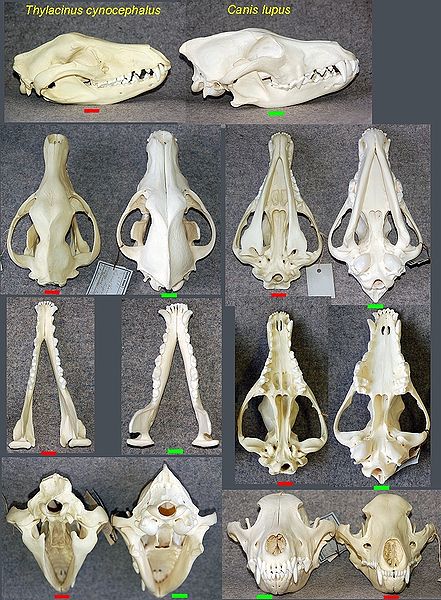
When Humans Nearly Became Extinct
- Toba catastrophe theory - Wikipedia, the free encyclopedia
A wikipedia article outlining the Toba eruption that very nearly wiped out our own species some 70,000 years ago.
A Valuable Niche
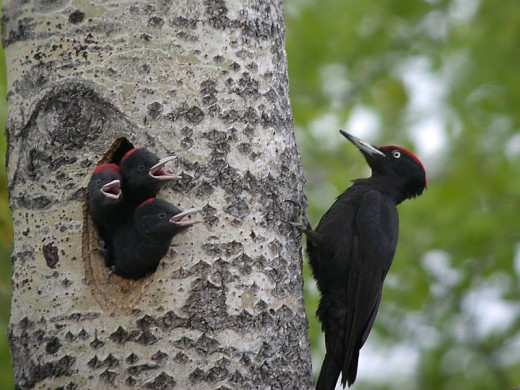
A Pseudo-Woodpecker
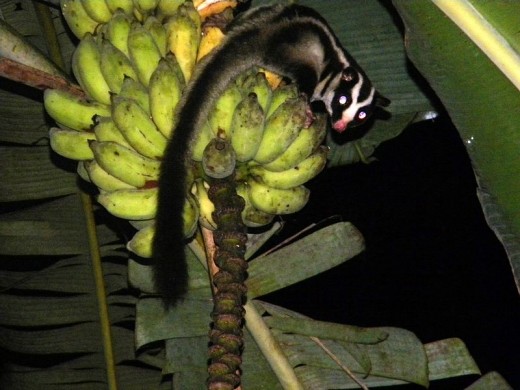
Useful Links
- SETI Institute
The official website of SETI (Search for Extra-Terrestrial Intelligence) which carries out research on the possibility of alien life elsewhere in the universe. - TWELVE ALONE IN A CROWDED UNIVERSE - The rise and fall of the third chimpanzee
The article that inspired this hub, taken from a book written by Jared Diamond called 'The Rise and Fall of the Third Chimpanzee.' The article was chapter 12 entitled 'Alone in a Crowded Universe.'
Jared Diamond's Book That Inspired This Hub
More On The Search For Extra-Terrestrial Life
Convergent Evolution And Woodpeckers
So in order to answer this most perplexing question, we can look at both ourselves and the other life forms we share the planet with. One of the more curious evolutionary traits is how sometimes animals that are only very distantly related seem to evolve very similar characteristics in order to deal with a certain environment. The most obvious example is the evolution of flight in vertebrates; birds and bats are not close relatives at all, and yet both evolved the same adaptation. A more extreme example is that of marsupials and placental mammals evolving to bear an often creepy resemblance to each other. Perhaps the most famous example of this is the now extinct Thylacine or Tasmanian wolf, which at first glance looked like a small dog, but was in fact 100% marsupial, with its customary pouch and all.
So, by understanding the phenomenon of convergent evolution, we can, at least hypothetically state that intelligent life elsewhere in the cosmos is possible. After all, our existence is testament to that, if a creature like us was able to evolve here on Earth, then why couldn't a similarly complex organism evolve on some far distant life giving planet. Indeed, given the sheer number of stars and planets out there, there could be billions, as some scientists have suggested just waiting to be contacted. Who knows, perhaps they've already tried to contact us? But it’s important to remember the sheer vastness of space. If a civilisation, fairly similar to ours lived two million light years away, then there would be little chance of discovering each other’s existence, without either us or them developing the means to travel interstellar. Any radio or indeed any audio communication would take so long to reach the respective worlds that there’s a good chance that both species would’ve become extinct long before any sort of meaningful communique could be established.
But while it’s important to note that convergent evolution makes intelligent life possible elsewhere, it doesn’t make it inevitable. After all, our own existence was by no means inevitable, while we call ourselves humans; there have in fact been many species of human, many of which at some point lived alongside us, our famous cousins, the Neanderthals spring to mind. In terms of longevity, we’re not even the most successful, that honour goes to our ancestors, Homo erectus, which first appeared some 2 million years ago in Africa and managed to survive in parts of Southeast Asia until only 30,000 years ago. In many ways we are lucky to be here at all because some 70,000 years ago we nearly became extinct as a result of a huge volcanic eruption at Lake Toba, Indonesia. The catastrophic climate changes that followed resulted in the human population dropping to less than 10,000, maybe even as low as a few thousand. Imagine if we’d have succumbed and headed into the evolutionary darkness of extinction. Perhaps the Neanderthals or Homo erectus would have gone on and developed civilisation instead?
Okay, so now onto woodpeckers and why specifically ‘the woodpecker niche’ can give teach us a valuable lesson about the lack of inevitability in convergent evolution. Basically the woodpecker niche is based on digging holes in living wood and also on picking off pieces of bark to exploit any kind of food that may be hiding underneath. It’s one of the most useful evolutionary niches around, offering an almost constant supply of protein rich food. The lucky creatures that occupy the woodpecker niche also have the advantage of being able to construct their very own nesting or roosting site. By digging a sizeable hole in a tree in a relatively stable environment, a woodpecker like creature can live and raise young in a place that enjoys a relatively constant temperature, and more importantly provides essential protection from the worst of the elements.
Woodpeckers, thanks to their extraordinary hole drilling talents have become among the most successful of all birds on the planet. There are more than 200 species alive today, coming in a wide range of sizes and living on virtually every continent on the planet. However, true woodpeckers are incapable of flying long distances over water. Thus certain areas of the planet including Australia and New Guinea were never colonised by them, leaving their valuable niche truly wide open. Many species of birds living in these places have evolved to feed either on or under the bark, with some evolving strong bills to dig into dead wood and even going as far to evolve eerily woodpecker like traits such as tough skins and stiff tails. Rather weirdly though, the species that has come closest to emulating the woodpecker is not a bird at all, but a mammal, a marsupial known as a striped possum, which uses its claws to tap on dead wood to detect insects burrowing underneath. Once the prey is detected it rips open the bark with its incisor teeth and uses its long tongue to suck out the insects.
However, while insects dwelling in dead wood may be at the mercy of ‘woodpecker’ like animals, those living in living wood are perfectly safe. The woodpecker niche of excavating into live wood remains vacant in places such as Australia, New Zealand, New Guinea and Madagascar. So, the point that I’m trying to make here is that if convergent evolution was truly universal, then there would be a variation of the woodpecker present on every single habitable landmass on the planet, due to the simple fact of its sheer usefulness. In conclusion, the absence of woodpeckers in certain places on the planet proves that while intelligent life may exist elsewhere in the cosmos, it doesn't make it a certainty. Indeed given the circumstances of our evolution, perhaps we are just some sort of evolutionary fluke, destined to remain alone, unique, but alone. In short, ET may be out there, but it’s by no means inevitable. The truth remains ever elusive…
Intelligent Life Or Not
Could Intelligent Life Exist Elsewhere In The Universe?
© 2013 James Kenny

